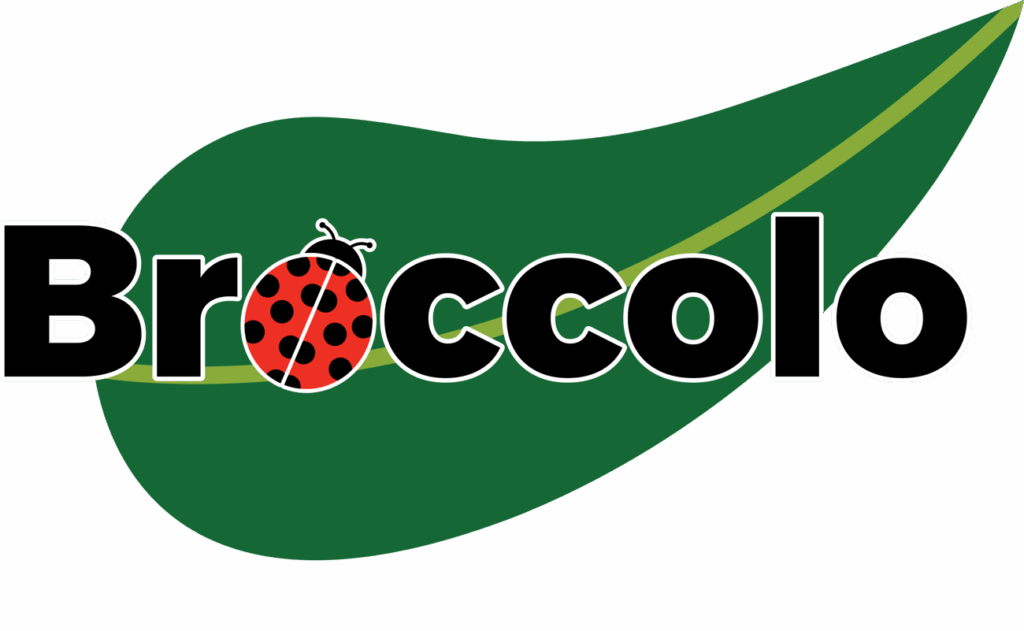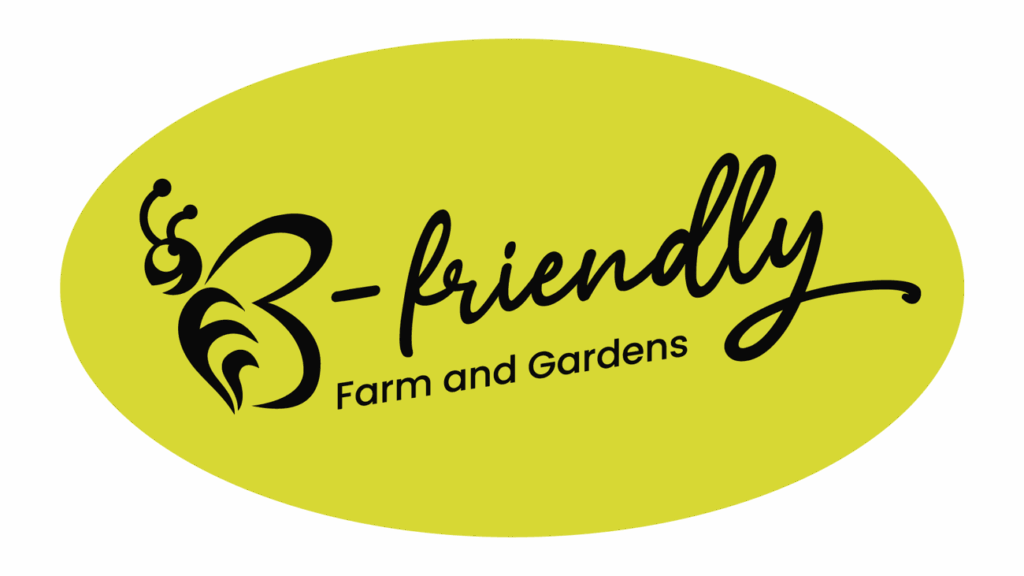


If you are looking for privacy in your yard and are interested in something more unique than a fence or your typical arborvitae, here are some of the best plant options for you. Most of these are native to the Northeast, which means they have a better chance of thriving here. Consider planting a mixed hedge to increase interest in assorted colors, textures and shapes. You will have different highlights going on throughout the year, hosting a variety of pollinators, birds and butterflies.
Juniper (Juniperus virginiana) is often referred to as eastern red cedar. This evergreen has scaley, silvery or dark green foliage and incredibly drought tolerant growing 15’ wide and 30’ tall. They are more deer resistant than arborvitae. The cultivar ‘blue arrow’ fits into narrow places of 2’foot width, Taylor’ is 4 feet’, or ‘Brodie’ which gets 6-8’ wide. Juniper gnome is a cultivar of the common juniper with a nice soft texture.


Northern Bayberry (Myrica pennsylvanica) is deer resistant and salt tolerant, is a broadleaf semi-evergreen that grows up to 8-10′ high and wide. The fragrant, waxy berries are used to make candles.

Elderberry (Sambucus canadensis) is found all over North America. It forms thickets 9-12 feet tall and 6-12 feet wide, ideal as a privacy hedge. Birds love them, too. Its’ small white flowers form dense clusters that attract pollinators and other insects. The edible berries are perfect for desserts.
Buttonbush (Cephalanthus occidentalis) is a native that is happiest in a wet environment. Its’ fragrant white flowers are “cute as a button” and appear in summer, attracting hummingbirds, butterflies, bees, and other insects. The red fruit hangs on through the winter and appreciated by the birds.


Ninebark (Physocarpus opulifolius) is a deciduous shrub that can grow with a variety of colored leaves ranging from red, green, yellow, and rust colored. It has pink or white flowers in late spring and attracts birds, bees, and butterflies.
Viburnums, which have many varieties that bloom in spring or early summer, produce beautiful berries, and fall color.

Sweet shrub (Calycanthus floridus) is a dense, rounded deciduous shrub features fragrant, large unique reddish flowers in summer which give way to urn shaped seed capsules. Be sure to plant where you can smell it.
Winterberry (Ilex verticillata) cannot be forgotten with its yellow fall foliage and brilliant red berries that are striking against the white of snow. You will need both male and female to produce.

Dogwood (Cornus) shrubs such as red twigs, or the silky and gray stem with large white flowers and colorful berries and fall colors. They can tolerate a range of soil conditions, even soggy soil’s part shade.

Spicebush (Lindera benzoin) is the first yellow flower to bloom in spring, redberries and yellow fall color. This plant loves shade and is deer resistant.
Chokeberry (Aronia arbutifolia brilliantissima ) is a shrub native to Eastern Canada and the United States, with beautiful fall foliage and edible (though tart) fruit.. White to light pink pollinator-friendly flowers in spring turn into red berries that can provide fall and even winter interest. Red chokeberry produces suckers that can be removed or retained, depending on whether you want it to spread or not.
Clethra (Clethra alnifolia) is known as summer sweet or pepperbush. It is a deciduous shrub beloved for its fragrant late-summer flowers and its ability to bloom even in the shade. Dark seeds provide winter interest.
